 Dear Readers, you are in for a treat today with this guest post by my client Dr. Sue Zimmermann, an orthopedic surgeon. As part of her career transition process, she met with and interviewed one of my former clients, Dr. Rob Baginski, who made the leap from Emergency Medicine into teaching in 2013.
Dear Readers, you are in for a treat today with this guest post by my client Dr. Sue Zimmermann, an orthopedic surgeon. As part of her career transition process, she met with and interviewed one of my former clients, Dr. Rob Baginski, who made the leap from Emergency Medicine into teaching in 2013.
Before the interview, Dr. Zimmermann shares some of her journey. Take it away Sue!
I started working with Heather over a year ago. At that time I had been in clinical practice as an orthopedic surgeon for over 23 years and was very unhappy in my job. I loved doing surgery and taking care of patients, but I was tired of being on call, having increased pressure to do more, being micromanaged by administrators, and feeling anxious over not being able to help everyone. I was planning to retire in a few years, and I wanted to plan for my future career doing something I was passionate about. The coaching process was my lifeline; it gave me something to look forward to, and every step I took brought me a little closer to my new career. I started teaching at a local medical school as a volunteer, working with a small group of students doing case-based learning. I discovered that after each class, I felt energetic and excited. It was not only rewarding to connect with students and guide them through the learning process, it was also fun! I decided that I wanted to incorporate teaching into my future plans.
The future arrived sooner than I had expected. I was recently laid off from my job with no warning, and I suddenly had a lot of time to explore a new career. It was a shock, but my preparation over the past year gave me a head start. Heather introduced me to a former client of hers, Dr. Rob Baginski, who had been a full-time Emergency Medicine physician and is now the Medical Director of the Physician Assistant program at a university near me. We initially met for lunch at an art museum, and during our conversation he told me about a program which brings PA students to the museum for lectures on the relationship between medicine and art. I was also able to observe one of his courses. What follows is our conversation about the path he took to become a professor at this university in Boston.
SZ: What were you doing before you started teaching?
RB: I was working as a full-time EM physician. I had worked in various settings – a trauma center, community hospitals, and freestanding ERs. I started working with Heather as my coach because I just didn’t feel fulfilled in my work.
SZ: How did you start teaching at the University?
RB: Believe it or not, I was driving down the highway and I saw a sign advertising a teaching position at the PA school. I decided to apply for it. As part of the application, I had to give a lecture to the committee. My lecture was on Evidence Based Medicine, which is a big topic nowadays, and I was hired.
SZ: What previous experience did you have that helped you get the teaching job?
RB: I was a clinical preceptor for both medical students and residents. I had also given a lecture series for paramedics when I was the Director of EMS at a hospital where I used to work. I had also been an instructor in Health Sciences at a local community college for a few semesters prior to applying for the job at the University. Finally, I provided lectures and didactic instruction for the Emergency Medicine residents at a local hospital program.
SZ: What is your schedule like? Are you still doing clinical practice?
RB: Yes, I am still working one day a week in the ER. I teach four days a week, and as part of my position I serve on several academic committees. Most full-time academic positions require some committee involvement. I also do a lot of work outside of class preparing lectures, writing syllabi, grading assignments, creating exams, and evaluating students. As part of my job, I need to be current on educational theory – which is very different from clinical practice. For example, schools are emphasizing “differentiated instruction” to address students’ different learning styles.
SZ: What are some of the differences between teaching PA students and medical students?
RB: The PA program is two years; the first year is didactic and the second year is all clinical. So we have to teach a large amount of information in one year. Our curriculum includes traditional lectures and exams, and obviously the students have to prepare for their Board exams. We also have three medical simulations per semester. The simulations involve clinical scenarios in which the students have to make a diagnosis and come up with a treatment plan. We have different scenarios for each discipline in the health science school (i.e., nursing, physical therapy, physician assistant), and we conduct interprofessional simulations as well. Some of the simulations are geared toward diagnosing and treating illness, while others deal with, for example, how to give bad news to a patient and family.
SZ: What is “interprofessional” education? I’ve heard it mentioned a lot recently.
RB: Interprofessional education includes different disciplines in health care, such as MD’s, PA’s, nurses, pharmacists, physical therapists, etc. Students are taught to work as part of the health care team, using case-based learning. A lot of schools are moving toward this type of instruction.
SZ: Do you have any advice for physicians who want to go into teaching?
RB: My advice would be to get as much teaching experience as you can. The pay for part-time or adjunct instructors is minimal, so expect to be basically volunteering your time in exchange for experience and to extend your CV. You can approach schools in other allied health professions, although nursing schools tend to prefer nurses as instructors.
SZ: Do you miss treating patients? Doing procedures? I think I would miss doing surgery.
RB: Well, I still do some surgery. I am a volunteer at a local aquarium, and I was asked to assist with a gastrostomy on a seal! I couldn’t find any seal anatomy references, so I read up on dog anatomy the night before – I figured it couldn’t be that different. When I arrived at the aquarium, I found out that I would be the surgeon, not the assistant! Fortunately the surgery was successful and the patient is doing well. I have also assisted with mandible resections and digit amputations.
SZ: Wow! So maybe I can still find a way to do some surgery in my future career. Thank you so much!
RB: You’re welcome – I’ll let you know about coming in to observe one of our simulations.
Postscript: I was able to attend a simulation a few weeks later. The students were given a scenario of a patient in an emergency room. They had to speak to the “patient,” examine her, and come up with a differential diagnosis and treatment plan. There were distractions coming from a “nurse” going in and out of the room and from the patient complaining of pain and asking for relief. After the simulation, the instructors met with the students for a debriefing.
I was impressed with the simulation, which was quite realistic. From my research, it appears that medical education is moving toward more simulation and case-based learning. Some schools are drastically cutting lectures, and are instead having the students learn the essential facts on their own and coming to class to apply the material. I think it will be a great improvement over the endless lectures that I attended in medical school, and I’m looking forward to becoming more involved in medical education.
By Sue Zimmermann, a recovering orthopedic surgeon who lives in Massachusetts.
A big “Thank You!” to Dr. Sue Zimmermann and Dr. Rob Baginski for their great contributions to this blog!
Latest Posts
Find what you're looking for:
Popular Categories:
Career Change | Career Enhancement | Job Search | Personal Development
6 Comments
Leave a Comment
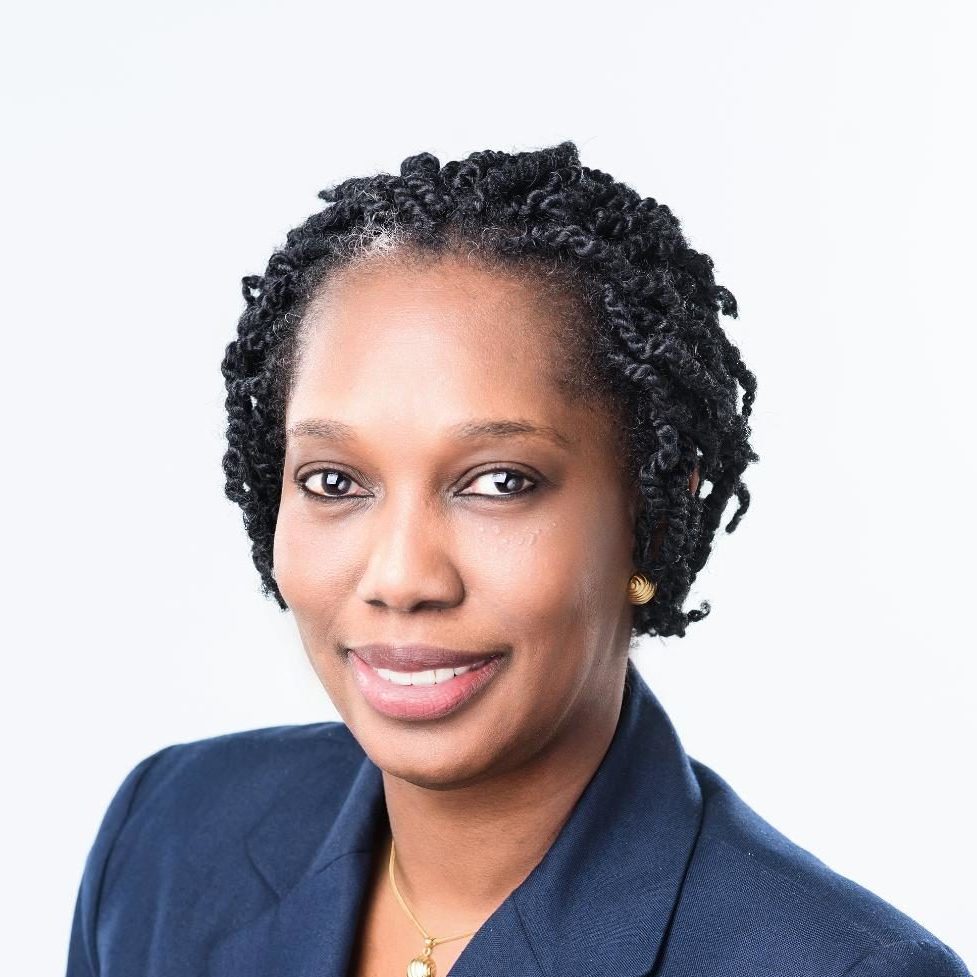
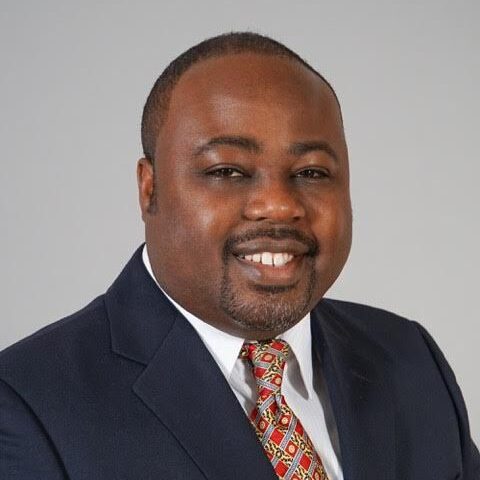
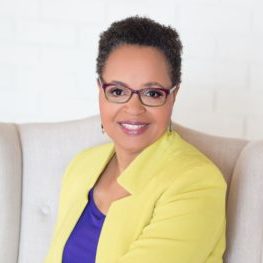



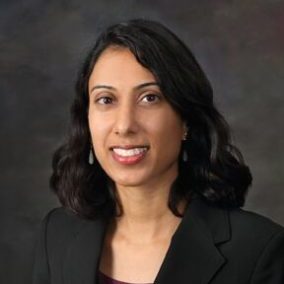
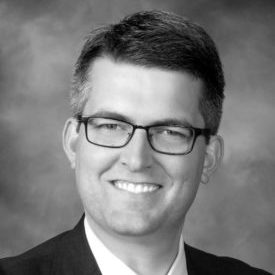
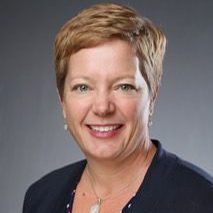



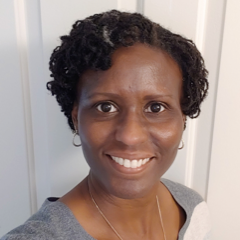
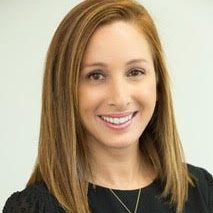

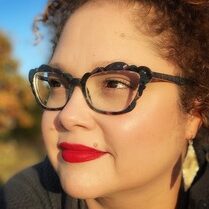


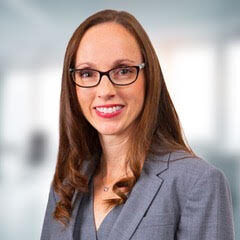




I enjoyed this post. I’m glad the ER doc and the Ortho doc are finding fulfillment. one of my colleagues left ER medicine and became a United pilot. After the debacle with the customer being dragged off the plane he sent me a picture of a United plane with the caption: when we can’t beat our competitors we beat our customers.
Thank you kindly for reading and commenting Jane! Very interesting about your colleague who became a pilot. I laughed out loud when I read about the United comment. Not funny though for the customer. Seems like a bit reminiscent of what is going on in healthcare, “beating” doctors to see more patients – to keep up with the competition.
It still “curdles my blood” when I hear of a physician being fired! I, too, was fired, not because I did anything medically wrong; no I was fired because I called the young Chief of the Anesthesiology department an “idiot” due to his poor judgment in a matter involving another colleague. After then over 30 years of practicing, I felt I had earned the right to express my frustration to the big cheese. I had once been that big cheese at that hospital and had been called worse. But to be deemed “not a team player” in a form termination letter really caught me off guard. So, Dr. Sue, a feel your “SHOCK!”
Thanks to both Drs. Sue and Rob for good content for a possible option for any physician getting tired of the rat-race of clinical medicine. I personally have cut out a small niche in my own profession with no nights, no weekends and no call. it’s perfect for me. As a female physician of Medicare age, I am also exploring a volunteer mentoring role for medical students; a way to assist them in navigating through the now scary world of medicine.
And thank you Dr. Heather. In our four years together your advice to me has always been spot-on.
Thanks for your reply, Lynette! I have found that teaching and mentoring medical students really recharges me – I feel like I have a lot to offer and they are very appreciative. Congratulations for finding a position that works for you! Sue
Thank you for reply, Sue, as well as for the great blog and interview. You do have an incredible amount to offer, especially with your experience going through years of training and practice in a male dominated specialty – and thriving – at the same time you were also juggling being a wife and a mother. We need positive role models and mentors like you who can help guide students and young physicians on a path that presents a lot of challenges as well as joy.
Thank you again, Dr. Lynette for sharing your own experience and giving support to Dr. Sue and all other physicians who find themselves pushed out the door in a disrespectful and inappropriate way. Most of the doctors I know who have been let go or asked to leave were excellent doctors. There are a lot of politics and personality conflicts in medicine. And even if an organization is downsizing, and the termination is strictly a business decision, there are ways to do this that still honor the physician’s service and contribution and don’t end up creating feelings of resentment of shame.
I also appreciate your kind words to me. It is a joy to partner with you in your amazing journey! Keep on being you!